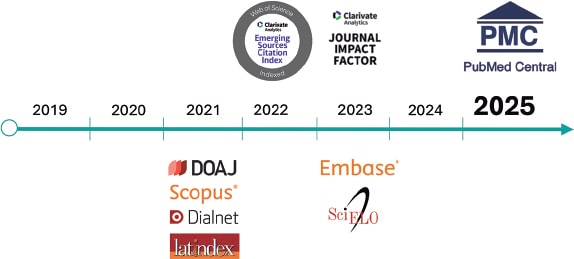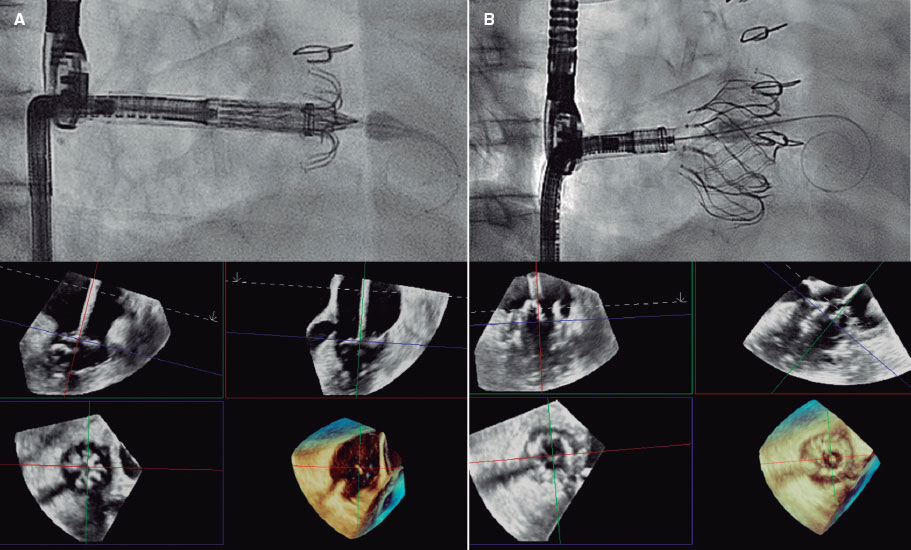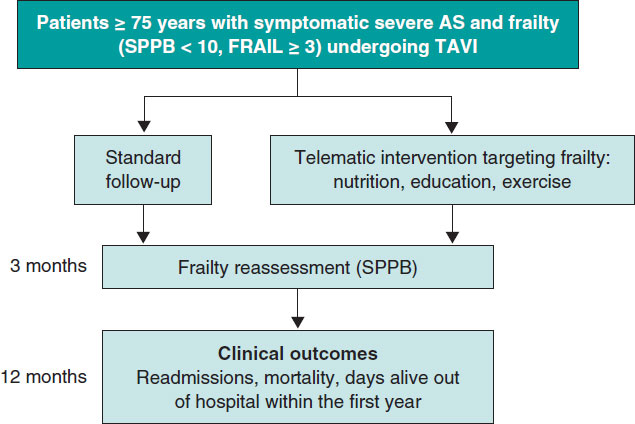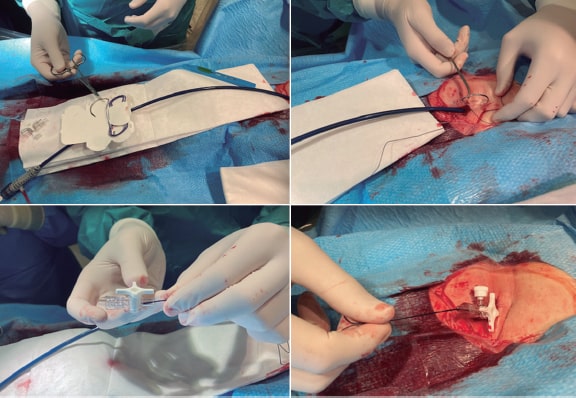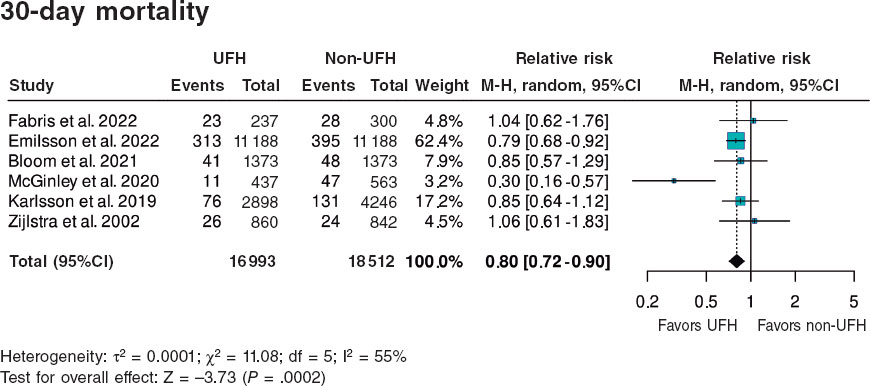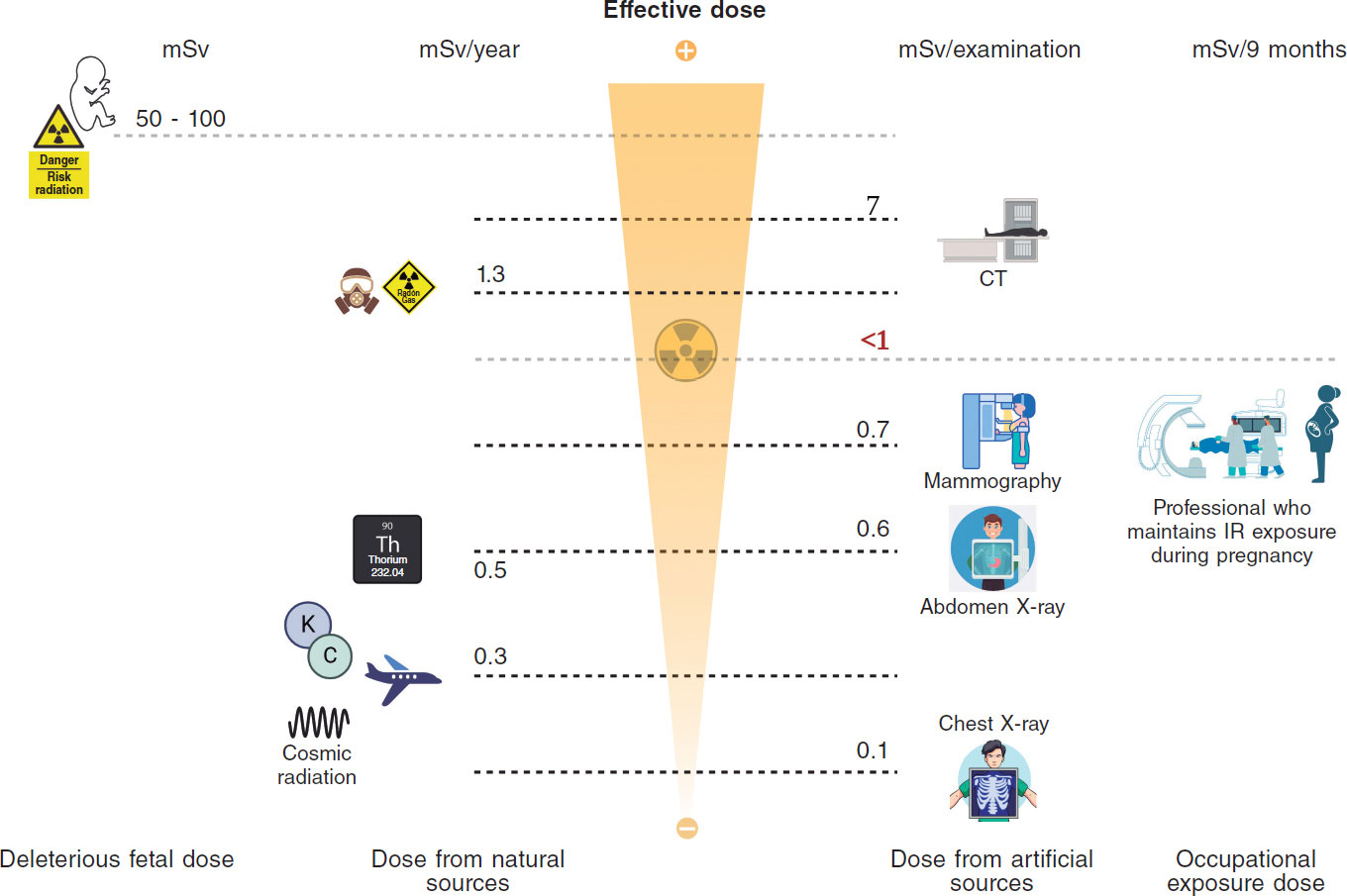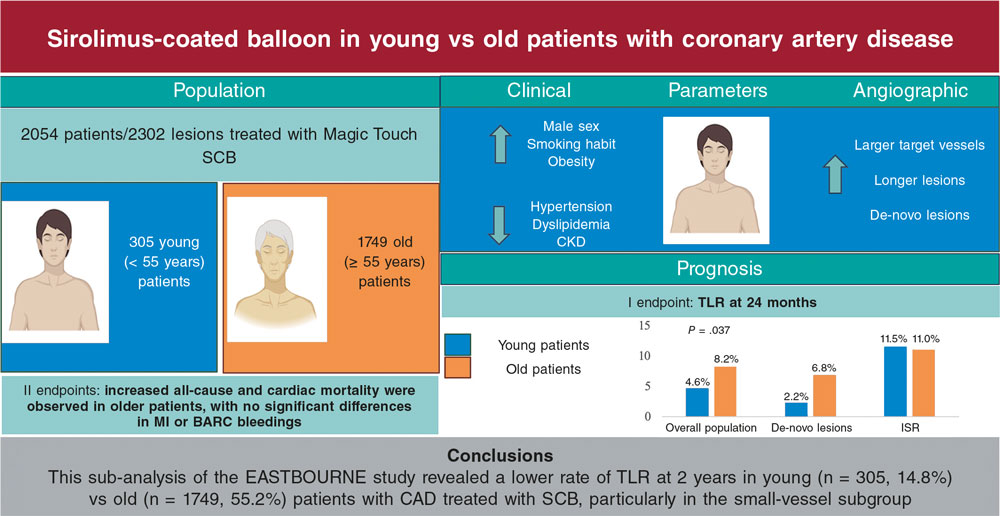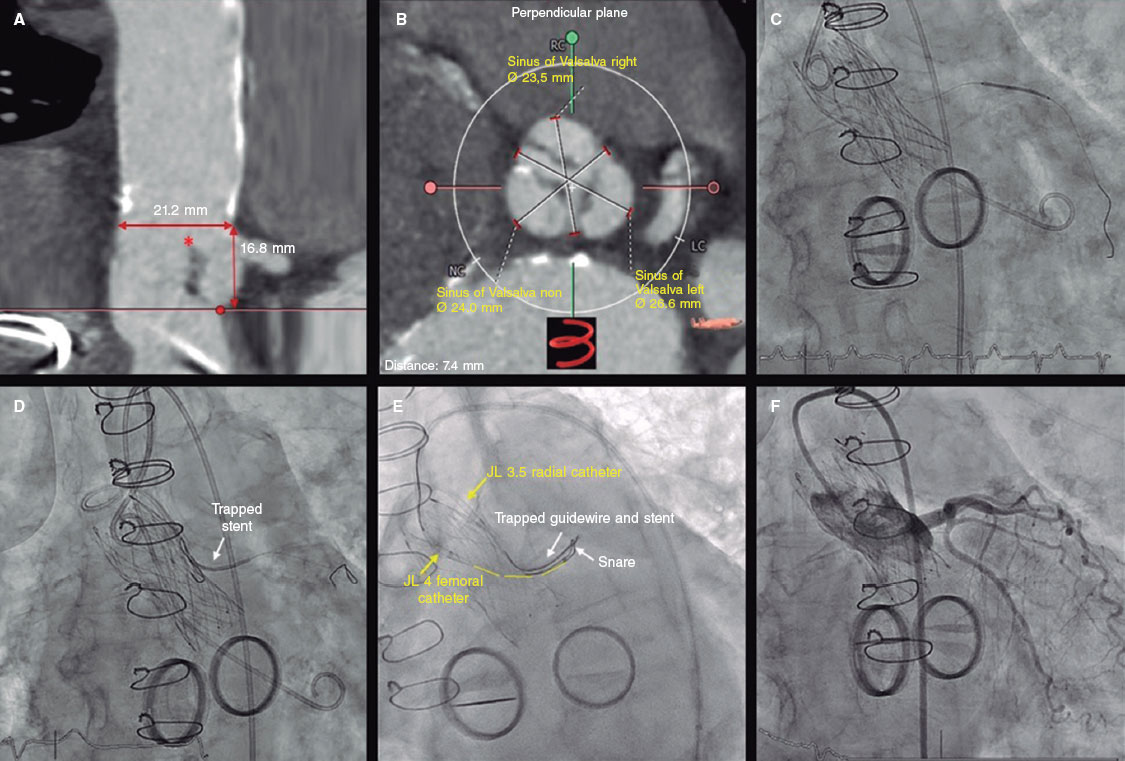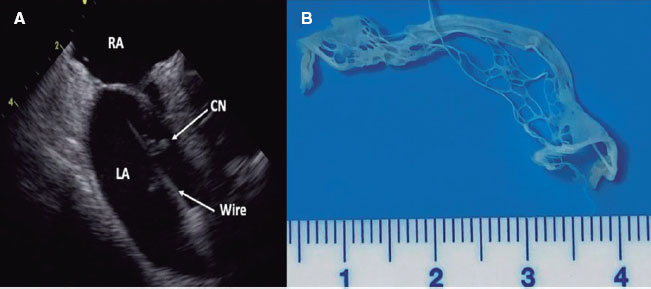QUESTION: Clinical practice guidelines have raised the recommendation level for the use of intravascular imaging during percutaneous revascularization procedures for complex lesions to class I. Can you briefly explain the basis for this change?
ANSWER: The clinical benefit of intracoronary imaging-guided revascularization has been evaluated in various clinical studies, including observational registries, randomized clinical trials, and meta-analyses.1,2 However, the publication of 3 large randomized clinical trials has formed the basis for the update of clinical practice guidelines. Firstly, the RENOVATE-COMPLEX-PCI study3 assessed the clinical impact of an intracoronary imaging-guided revascularization strategy (intravascular ultrasound [IVUS] or optical coherence tomography [OCT]) compared with angiography in complex coronary lesions. One of the strengths of this study is its inclusion criteria, which emcompass a heterogeneous yet well-represented group of complex lesions beyond the left main coronary artery, such as true bifurcations, chronic total occlusion, long coronary artery disease, multivessel angioplasty, implantation of multiple stents (more than 3), severe calcification, in-stent restenosis, and ostial lesions. intracoronary imaging-guided revascularization—74% with IVUS and 26% with OCT—was associated with a 36% reduction in the composite endpoint of death, myocardial infarction, and need for revascularization. Similarly, the OCCUPI study4 demonstrated the superiority of OCT vs angiography as a guide in complex procedures, with a 38% reduction in the rate of major adverse cardiovascular events at the 1-year follow-up. Finally, the OCTOBER study5 showed a reduction in the primary endpoint of death, myocardial infarction, and need for revascularization with OCT use in a selected group of complex lesions, such as true coronary bifurcations.
Q.: According to data from the activity registry of the Interventional Cardiology Association of the Spanish Society of Cardiology (ACI-SEC), intravascular imaging is used in 15% of patients treated with percutaneous revascularization. Do you think this new recommendation will increase that
A.: The ACI-SEC activity registry data show a progressive and constant increase in the use of intracoronary imaging, such an increase, yet these data might not meet the expectations6 revealing an unequal adoption of imaging use across centers between 8% and 36%. Robust scientific evidence supporting the recent class I recommendation will undoubtedly have a positive impact on the use of imaging. However, several factors explain the underutilization of these imaging modalities. The first being time consumption: many cath labs handle a heavy caseload, and obtaining images usually increases procedural time. However, systematic use—losing the exceptional nature of imaging—reduces setup time and aids interpretation. Another significant factor is spending: increasingly higher financial allocations are needed for various unit procedures, and imaging is sometimes erroneously omitted as a cost-saving measure in coronary procedures. In this regard, the recent cost-effectiveness analysis conducted in the RENOVATE-COMPLEX-PCI study suggests that intracoronary imaging is more cost-effective than angiography alone in complex coronary lesions reducing cumulative medical spending and improving long-term quality of life.7
Q.: Although, in general, the new recommendation is indicated for complex lesions, it particularly highlights left main coronary artery disease, true bifurcations, and long lesions. Could you elaborate which lesions, in your opinion, would benefit most from the use of intravascular imaging in treatment?
A.: The greatest benefit of intracoronary imaging is observed in procedures associated with more adverse events during follow-up, such as complex lesions, particularly left main coronary artery disease, long coronary disease, and true bifurcations. Whether due to the technical complexity of the intervention or the greater myocardial area at risk, these scenarios yield the most significant benefit from imaging-guided coronary interventions. Future studies would help identify which patients and lesions benefit the most from intracoronary imaging and determine whether differences exist in outcomes between OCT and IVUS. The ILLUMIEN IV study8 sought to evaluate the impact of OCT not only on anatomically complex procedures but also on high-risk populations, such as diabetic patients. Although better stent expansion—minimal stent area—was demonstrated in the OCT-guided group, this did not translate into fewer clinical events compared with angiography at the 2-year follow-up.
Q.: The complexity of interventions is not only determined by anatomical complexity, as we know that there are clinical situations that impose challenges as well. In your opinion, what clinical scenarios or factors should encourage the use of intravascular imaging to optimize procedures?
A.: Traditionally, intracoronary imaging has been associated with guiding complex coronary interventions. However, imaging not only guides interventions but also the diagnosis of coronary artery disease, where it has been playing an increasingly prominent role. On the one hand, imaging is the gold standard in the etiological diagnosis of myocardial infarction with nonobstructive coronary arteries, which presents a major adverse event rate—death or reinfarction—of approximately 5% each year.9 On the other hand, there is growing scientific evidence of the prognostic impact of vulnerable plaques in non-culprit lesions, where intracoronary imaging is essential for evaluation purposes. While there are no current recommendations on which patients benefit from this analysis or what the therapeutic strategy should be, in the coming years, we’ll likely see a more global patient assessment for better risk stratification after a coronary event.
Q.: In general, when do you use intravascular imaging?
A.: The limitations of angiography—which provides only a 2-dimensional luminogram, are well-known. However, as previously mentioned, the greatest benefit of intracoronary imaging lies in the most complex lesions. Theferore, it seems prudent to use imaging in 4 specific scenarios: interventions on the left main coronary artery; stent failure—thrombosis or restenosis—chronic total occlusions; and calcified or ostial lesions. In all these scenarios, imaging characterizes the lesion, guides optimal stent implantation, and determines the percutaneous technique or tools needed during the procedure. However, equally important as the type of lesion is the timing of imaging use, which should be maximized early in the procedure rather than only to confirm a good result. Beyond its role in coronary intervention, imaging has a purely diagnostic utility, particularly in myocardial infarction with nonobstructive coronary arteries, where imaging—mainly OCT—establishes the etiological diagnosis in approximately 50% of the cases.
Q.: When you use imaging, when do you prefer IVUS and when OCT?
A: These techniques do not cancel each other out, but are complementary due to their technological differences. Their use should be adapted to each specific scenario while considering the operator experience and availability. OCT offers faster acquisition and has 10 times higher resolution than the IVUS, enabling clearer visualization of the intimal surface. This turns it into the imaging modality of choice for plaque characterization, especially when studying vulnerable plaques and stent failure. It is also the gold standard for calcium characterization, allowing the quantification of the arc and its thickness in most cases. IVUS, on the other hand, offers greater vessel depth visualization, including deeper layers in the absence of calcium, and does not require blood clearance for acquisition. This makes IVUS particularly useful for left main coronary artery disease, coronary dissection, chronic total occlusion interventions—where subintimal tracking discourages contrast use—and patients with chronic kidney disease, in whom contrast administration must be minimized.
Therefore, the results of the OCTIVUS study10 provided information on the comparative efficacy of OC-T and IVUS-guided coronary intervention. The 2 techniques can be used safe and effectively in most procedures, with comparable short- and long-term outcomes.
FUNDING
None declared.
STATEMENT ON THE USE OF ARTIFICIAL INTELLIGENCE
No artificial intelligence was used in the development of the concept of this manuscript.
CONFLICTS OF INTEREST
None declared.
REFERENCES
1. Hong SJ, Mintz GS, Ahn CM, et al. Effect of intravascular ultrasound-guided drug-eluting stent implantation:5-year follow-up of the IVUS-XPL randomized trial. JACC Cardiovasc Interv. 2020;13:62-71.
2. Zhang J, Gao X, Kan J, et al. Intravascular ultrasound versus angiography-guided drug-eluting stent implantation:the ULTIMATE trial. J Am Coll Cardiol. 2018;72:3126-3137.
3. Lee JM, Choi KH, Song YB, et al. Intravascular imaging-guided or angiography-guided complex PCI. N Engl J Med. 2023;388:1668-1679.
4. Hong SJ, Lee SJ, Lee SH, et al. Optical coherence tomography-guided versus angiography guided percutaneous coronary intervention for patients with complex lesions (OCCUPI):an investigator-initiated, multicentre, randomised, open-label, superiority trial in South Korea. Lancet. 2024;404:1029-1039.
5. Holm NR, Andreasen LN, Neghabat O, et al. OCT or angiography guidance for PCI in complex bifurcation lesions. N Engl J Med. 2023;389:1477-1487.
6. Bastante T, Arzamendi D, Martin-Moreiras J, et al. Registro Español de Hemodinámica y Cardiología Intervencionista. XXXIII informe oficial de la Asociación de Cardiología Intervencionista de la Sociedad Española de Cardiología (1990-2023). Rev Esp Cardiol. 2024;77:936-946.
7. Hong D, Lee J, Lee H, et al. Cost-Effectiveness of Intravascular Imaging-Guided Complex PCI:Prespecified Analysis of RENOVATE-COMPLEX-PCI Trial. Circ Cardiovasc Qual Outcomes. 2024;17:010230.
8. Ali ZA, Landmesser U, Maehara A, et al. Optical Coherence Tomography-Guided versus Angiography-Guided PCI. N Engl J Med. 2023;389:1466-1476.
9. Bainey KR, Welsh RC, Alemayehu W, et al. Population-level incidence and outcomes of myocardial infarction with non-obstructive coronary arteries (MINOCA):Insights from the Alberta contemporary acute coronary syndrome patients invasive treatment strategies (COAPT) study. Int J Cardiol. 2018;264:12-17.
10. Kang DY, Ahn JM, Yun SC, et al. Optical coherence tomography guided or intravascular ultrasound-guided percutaneous coronary intervention:the OCTIVUS randomized clinical trial. Circulation. 2023;148:1195-1206.



